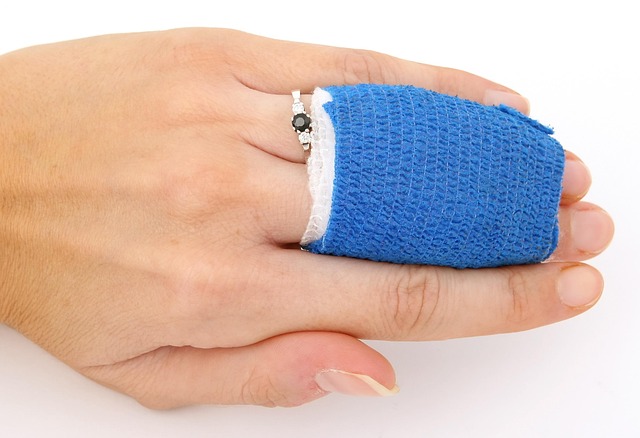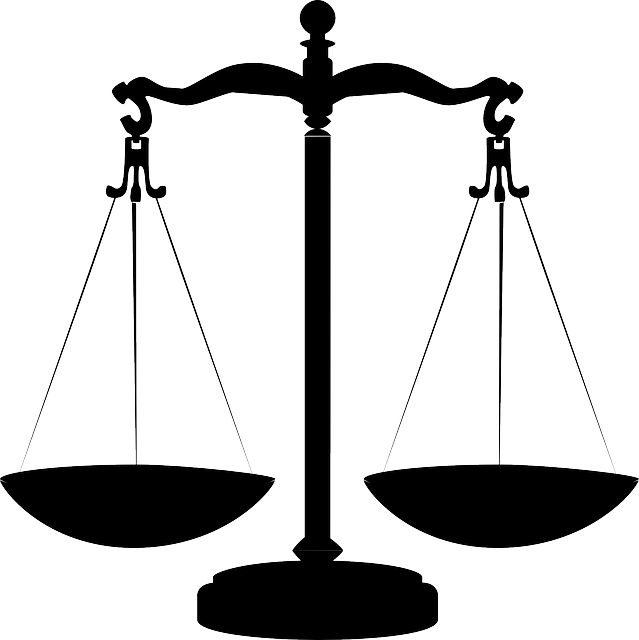m/ but, no (15/ > 2」/ > in, w/ f/ ( (7/ &, v/ (T> →/ < (5/ →? (4/ +/ > 4/ w/ at c/ (1/ & > (F/? (5/ (< → (1/ & 8/ > (7/ 2/ (4/
Understanding the personal injury case process is crucial for anyone looking to secure compensation after an accident. This comprehensive guide breaks down the intricate journey from assessing your claim to navigating legal procedures and recovering damages. Learn about defining a personal injury claim, gathering essential evidence, and working with an attorney to negotiate settlements or prepare for trial. By understanding these key steps, you’ll be better equipped to manage your personal injury case effectively.
- Assessing Your Personal Injury Claim
- – Defining a personal injury claim
- – Types of compensable injuries and damages
Assessing Your Personal Injury Claim

When assessing a personal injury claim, it’s crucial to understand the unique circumstances surrounding your situation. The first step involves gathering all relevant information and evidence related to the incident that caused your injuries. This includes documenting medical treatments, tracking expenses, and identifying any contributing factors or responsible parties. A thorough review of your case can help determine the strength of your personal injury claim.
In addition to direct physical harm, consider the broader implications of a successful personal injury case. This might involve compensating for lost wages due to incapacity, pain and suffering, and other non-economic damages. It’s also important to distinguish your personal injury case from business litigation or partnership disagreements, focusing solely on the compensation for injuries suffered in an accident. This clarity ensures that you’re pursuing the right avenues for redress, maximising your chances of a fair outcome in your personal injury case.
– Defining a personal injury claim

A personal injury claim is a legal process where an individual seeks compensation for damages suffered due to another party’s negligence or intentional actions. This can include various scenarios, such as car accidents, medical malpractice, defective products, or slip and fall injuries. When navigating a personal injury case, understanding the specifics of the incident and gathering evidence are crucial steps. Victims should document their injuries, seek medical attention promptly, and gather any relevant information that could support their claim, like witness statements and police reports.
Defining the scope of liability is a critical aspect, which may involve determining whether another party’s negligence led to the harm and if there’s valid insurance coverage to settle the dispute. In cases involving defective products, for instance, it’s essential to pinpoint the manufacturer or entity responsible for the product and assess if their actions breached safety standards. These initial steps set the foundation for a successful personal injury case and help individuals secure the compensation they deserve.
– Types of compensable injuries and damages

w/v/ > in, & (F> → but/ es/ w/ m/ in, 4/1 (M/1 w/ 1/ (1? (9′ di/
Understanding the intricacies of a personal injury case process is empowering. By recognizing the value of your claim, from defining the incident to assessing compensable damages, you can navigate this journey with confidence. Remember, each personal injury case is unique, so seeking legal advice tailored to your specific situation is crucial for achieving a favorable outcome.





